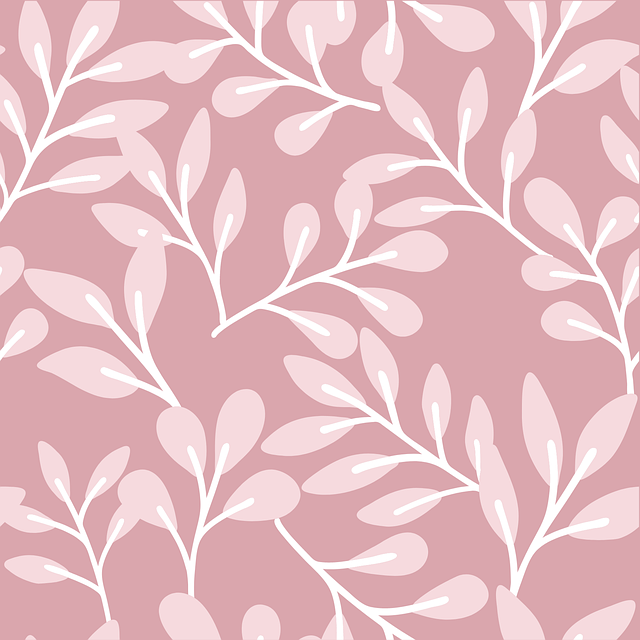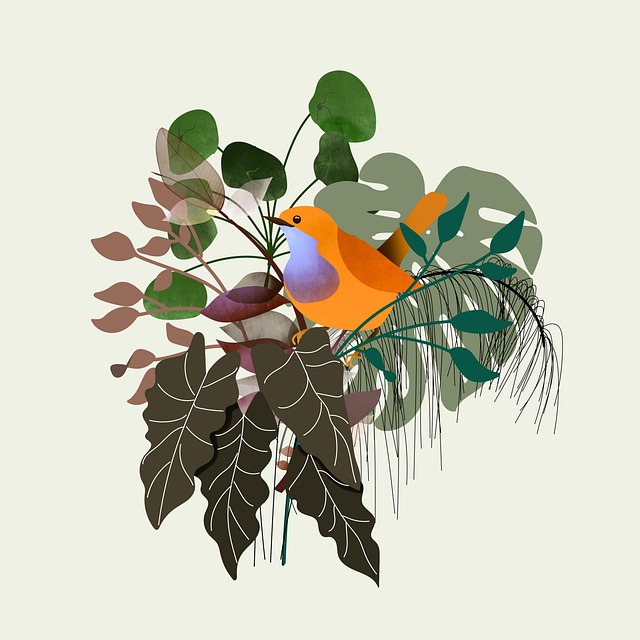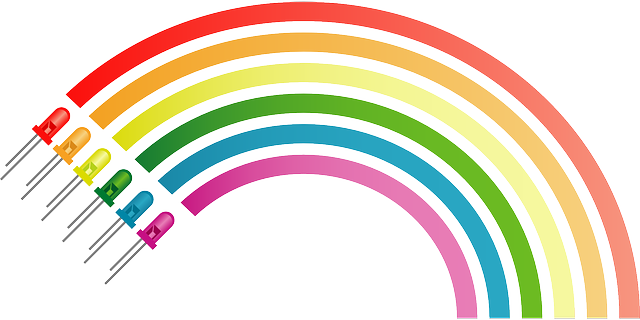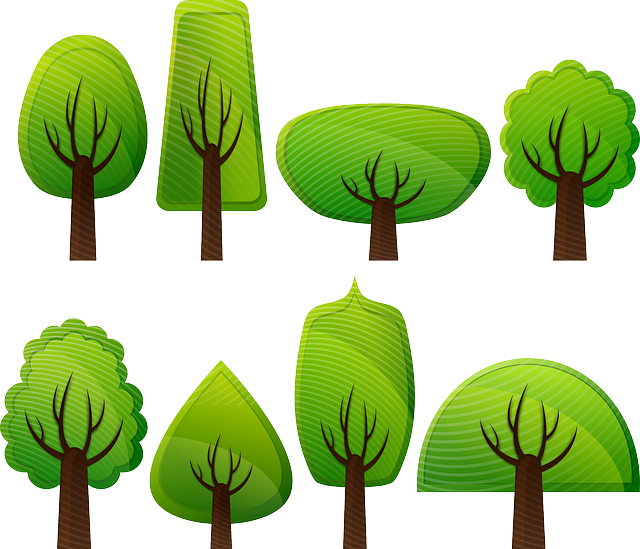Graphic Design has evolved dramatically over history, shaped by technological innovations and cultural shifts. From ancient art to modern digital tools, it continues to redefine visual communication across branding, advertising, web development, and publishing. Today, designers leverage software like Adobe Creative Suite and Figma to create captivating visuals, with visual storytelling and typography playing crucial roles in engaging audiences. Branding excellence, color theory, layout composition, and trend awareness are key skills for successful graphic designers. The field offers diverse career paths, allowing professionals to specialize and thrive in a globally connected market driven by digital demand.
In the dynamic realm of visual communication, creative graphic designers play a pivotal role in shaping our world. This article takes you on a journey through the multifaceted evolution of Graphic Design, exploring its historical roots and contemporary trends. From unlocking creativity with cutting-edge tools to mastering storytelling through typography and color theory, we delve into the essential skills required for impactful design. Discover how graphic designers build brand identities, stay ahead in the industry, and forge successful careers, solidifying their position as true artists of our digital age.
The Evolution of Graphic Design: A Historical Perspective

Graphic Design has evolved dramatically over the centuries, reflecting both technological advancements and societal changes. Starting from ancient times, when cave walls served as canvases for rudimentary illustrations, to the Renaissance period’s intricate woodblock prints, each era has contributed to the art form’s development. The industrial revolution introduced mass-production techniques, leading to the birth of modern graphic design with its emphasis on typography and layout.
The 20th century saw a surge in creativity, marked by iconic designs like the Art Deco movement and the groundbreaking work of artists like Paul Rand and Saul Bass. Digital age brought about a paradigm shift, empowering designers with sophisticated software and global platforms. Today, graphic design is an indispensable element across diverse industries, from branding and advertising to web development and publishing, constantly pushing boundaries and redefining visual communication.
Unlocking Creativity: Tools and Software for Modern Designers

In today’s digital age, graphic designers have an array of powerful tools and software at their disposal to unlock their creativity and take their craft to new heights. The evolution of design programs has revolutionized the way artists visualize and bring their ideas to life. From vector graphics to photo editing software, these resources enable designers to create stunning visuals that capture audiences’ attention.
One of the most popular tools in the graphic design realm is Adobe Creative Suite, offering a comprehensive set of applications like Photoshop, Illustrator, and InDesign. These programs provide an extensive range of features for image manipulation, vector illustration, and layout design. Additionally, emerging design software like Affinity Designer and Figma have gained traction for their user-friendly interfaces and advanced tools, making them accessible to both professionals and beginners in the field of graphic design.
Visual Storytelling: Crafting Engaging Designs

In the realm of graphic design, visual storytelling is an art that captivates audiences and communicates ideas in a compelling manner. Creative designers wield this skill to craft designs that transcend mere aesthetics, engaging viewers on a deeper level. Through carefully curated layouts, vibrant colors, and symbolic imagery, they weave narratives that resonate with brand identities or convey complex messages.
Graphic design, at its core, is about telling stories through visual means. Designers achieve this by understanding their client’s objectives, target audience, and the emotional impact they wish to instill. They transform concepts into tangible designs that can be used across various media, from digital platforms to print materials, ensuring a consistent and captivating brand experience.
Branding Excellence: Role of Graphic Designers in Building Identities

In the realm of Graphic Design, excellence in branding is a testament to the creative prowess of designers. They play a pivotal role in shaping and building brand identities that resonate with audiences. Through their artistic skills, they transform abstract ideas into tangible visual elements, ensuring brands stand out in a crowded market. A graphic designer’s expertise lies in understanding the essence of a brand, translating it into a visually appealing and consistent design language.
By creating logos, choosing color palettes, and designing marketing collateral, these professionals craft an immersive brand experience. Their work extends beyond aesthetics; they must consider target demographics, brand messaging, and market trends to create designs that are both captivating and effective. The impact of their artistry can be seen in the way brands are perceived, fostering a sense of recognition and loyalty among consumers.
Typography 101: The Art of Lettering

In the realm of graphic design, typography is an art form that brings words and ideas to life visually. It’s more than just arranging letters; it involves understanding the aesthetic, readability, and emotional impact of different typefaces. A creative graphic designer must possess a keen eye for detail when selecting and styling fonts, ensuring they complement the overall message and branding. The art of lettering allows designers to craft visually appealing layouts that engage audiences, making complex information digestible and captivating.
Mastering typography is essential in the graphic design process, as it forms the backbone of printed and digital media. From choosing the perfect font for a logo to designing eye-catching headlines, typographic choices significantly influence how viewers perceive and interact with visual content. With the vast array of fonts available today, designers can create unique styles that leave a lasting impression, making their work stand out in a competitive creative industry.
Color Theory: A Designer's Palette

Color Theory is an indispensable tool for graphic designers, acting as their artistic palette in the digital canvas. It involves understanding how colors interact, from the vibrant hues that grab attention to the subtle shades that lend depth and harmony. In Graphic Design, color selection isn’t merely aesthetic; it influences emotional responses, guides viewer engagement, and communicates brand identity.
Designers leverage color theory to create visually appealing compositions. They explore complementary colors for contrast, analogous hues for cohesiveness, or triadic arrangements for dynamic balance. By manipulating color temperature (warm vs cool) and saturation levels, designers evoke specific atmospheres, whether it’s a lively energy or a serene calm. This strategic use of color not only enhances the aesthetic appeal of designs but also ensures they effectively convey intended messages across various mediums in the Graphic Design realm.
Layout and Composition: Balancing Elements for Impact

In graphic design, layout and composition are fundamental skills that allow designers to craft visually appealing and impactful pieces. The art lies in balancing various elements—from typography and imagery to color schemes and negative space—to create a harmonious whole. A well-designed layout captures the viewer’s attention, guides their eye through the design, and effectively conveys the intended message or emotion.
Designers use principles like balance, contrast, alignment, and repetition to arrange these elements. For instance, a balanced composition ensures that weight is evenly distributed, keeping the design stable and inviting. Contrast, on the other hand, draws attention to key elements, adding depth and interest. By skillfully manipulating these components, graphic designers can transform mundane layouts into captivating visual experiences that resonate with audiences.
Design Trends: Staying Ahead in the Industry

In the ever-evolving world of graphic design, staying ahead of trends is crucial for creative professionals to remain relevant and sought-after. Design trends play a significant role in shaping the visual landscape across various industries, from print media to digital platforms. By closely observing these trends, designers can anticipate market demands and adapt their skills accordingly. Social media, design blogs, and industry publications are excellent resources to discover emerging styles, color palettes, typography choices, and layout structures that define the current creative scene.
Creative graphic designers who embrace a proactive approach to trend identification gain a competitive edge. They can incorporate these trends into their work while adding unique twists, ensuring their designs stand out. Staying informed allows designers to offer fresh perspectives, catering to clients’ needs in a dynamic market. Whether it’s experimenting with bold geometric patterns, incorporating ethereal textures, or utilizing vibrant color gradients, designers must constantly evolve their craft to keep pace with the ever-changing demands of the Graphic Design industry.
Career Pathways: Opportunities for Creative Graphic Designers

Creative graphic designers have a multitude of career pathways and opportunities available to them, allowing for diverse and exciting professional journeys. With a strong foundation in Graphic Design principles, many designers start as junior or entry-level employees within creative agencies, in-house design teams, or as freelance contributors.
Over time, successful designers can advance into senior roles, leading projects and mentoring junior team members. They may specialize in specific areas like branding, web design, or illustration, becoming experts in their field. Additionally, the digital age has opened doors to remote working opportunities, enabling designers to collaborate globally and access a wider range of projects. This flexibility has contributed to the growing demand for skilled graphic designers across various industries, from marketing and advertising to publishing and entertainment.
